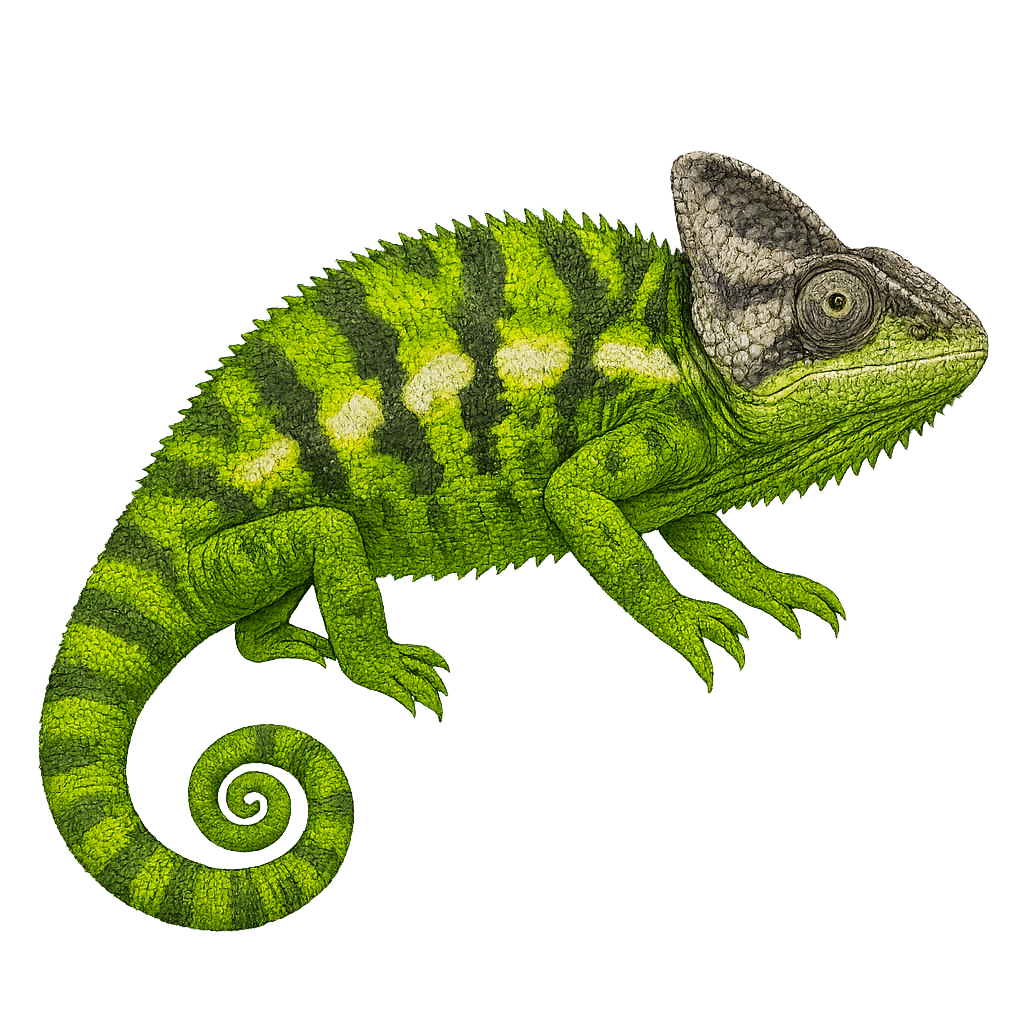Your wildlife photography guide.
Explore the warty chameleon in detail, study its behavior, prepare your shots.
Where to observe and photograph the warty chameleon in the wild
Learn where and when to spot the warty chameleon in the wild, how to identify the species based on distinctive features, and what natural environments it inhabits. The WildlifePhotographer app offers tailored photography tips that reflect the warty chameleon’s behavior, helping you capture better wildlife images. Explore the full species profile for key information including description, habitat, active periods, and approach techniques.
Warty Chameleon
Scientific name: Furcifer verrucosus

IUCN Status: Least Concern
Family: CHAMAELEONIDAE
Group: Reptiles
Sensitivity to human approach: Suspicious
Minimum approach distance: 3 m
Reproduction period: October to December
Incubation: 30–45 jours
Births: October to December
Habitat:
dry forests, shrublands, savannas
Activity period :
Active during the day when temperatures are favorable, often seen basking in the sun.
Identification and description:
The Furcifer verrucosus, or warty chameleon, is a species of chameleon endemic to Madagascar. It is easily recognizable by its rough, warty skin, which gives it its name. This chameleon can reach a size of 23 to 25 cm, with a tail that represents about half of its total length. Its coloration varies from green to brown, with lighter or darker patterns depending on its mood or environment. It primarily inhabits the dry forests and shrublands of the island. Like most chameleons, it has independent eyes that allow it to scan its surroundings at 360 degrees. It mainly feeds on insects, which it captures with its extendable tongue.
Recommended lens:
Macro – adjust based on distance, desired framing (portrait or habitat), and approach conditions.
Photography tips:
To photograph the warty chameleon, it is advisable to use a macro lens to capture the details of its unique skin and changing colors. Approach slowly and discreetly to avoid scaring it. Take advantage of natural daylight to get vivid color shots. If possible, use a tripod to stabilize your camera and avoid blur. Be patient, as these creatures can remain motionless for long periods.
The WildlifePhotographer App is coming soon!
Be the first to explore the best nature spots, track rutting seasons, log your observations, and observe more wildlife.
Already 1 430 wildlife lovers subscribed worldwide

